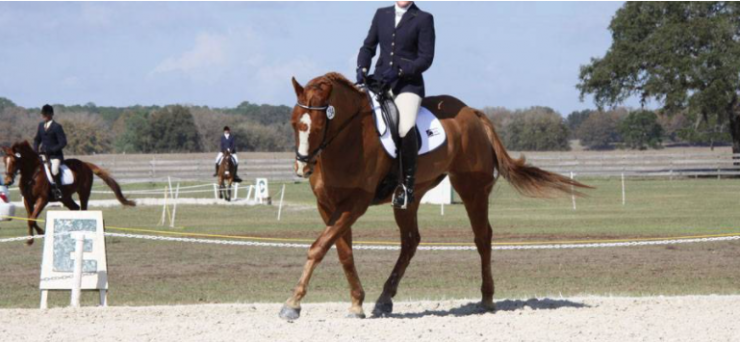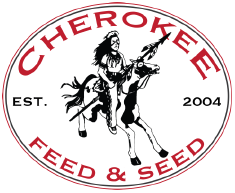 Getting Your Horse Back in Shape: Horses lose cardiovascular and muscular fitness when out of training. During the winter months, for instance, it’s not uncommon for riding, training, and even turnout to decrease. Likewise, after a period of stall rest or recovery from illness, it will take time to regain fitness. The longer a horse has been out of work, the longer reconditioning will take. No matter what the horse’s job or performance level, reconditioning should be undertaken slowly.
Getting Your Horse Back in Shape: Horses lose cardiovascular and muscular fitness when out of training. During the winter months, for instance, it’s not uncommon for riding, training, and even turnout to decrease. Likewise, after a period of stall rest or recovery from illness, it will take time to regain fitness. The longer a horse has been out of work, the longer reconditioning will take. No matter what the horse’s job or performance level, reconditioning should be undertaken slowly.
Importance of exercise:
Exercise training is critical for maintaining muscle tone, hormonal balance, cardiovascular fitness, bone strength, and mental stimulation. Training works because it increases the horse’s ability to exercise, increases the time it takes to reach fatigue, improves performance, and decreases the risk of injury when done properly. A balanced exercise program even helps maintain the horse’s willingness to work. If your horse had the winter off or is rebounding from a lay-up, his fitness level has likely decreased, so a realistic timeline should be carefully planned for getting back in shape.
Slow and steady:
Begin with light flatwork for 15-20 minutes, three or four sessions per week. Gradually build up intensity and duration, and be sure to add rest breaks. Observe how much your horse sweats. If he’s sweating heavily, reduce intensity and duration, then slowly build up.
Get a grip on heart rate:
Take note of your horse’s heart rate. Learn what is normal for your horse at rest. Most adult horses have an average resting heart rate between 28-48 beats per minute (bpm). Light trotting and cantering will elevate the heart rate, though how much depends on duration, terrain, and footing. After exercise, if a horse is fit, heart rate should return to resting rate within 30 minutes. If it doesn’t, the exercise regimen may be too intense. The KER ClockIt Sport app and heart rate monitor is a great tool to help monitor fitness, offering many useful features, including an odometer.
Keep it interesting:
Cross-training works, so consider changing up your horse’s routine. For example, if you are a dressage rider, throw in some small jumps or a trail ride. If you have a barrel racer, try lateral work to keep the flatwork both interesting and suppling. The same routine over and over gets boring for horse and rider, and cross training actually helps prevent injuries when done properly. Check out the basics of some other disciplines and work them into your regular routine. Your horse may be more athletic than you ever thought!
Find appropriate help:
A great trainer can make a huge impact on performance. Ask fellow riders for referrals, and seek a trainer that understands your goals. Do you want to compete, or do you just want to ride your best? What is your budget, and can the trainer work within it? Work with someone you like and trust, keeping in mind that trainers aren’t just for the highly competitive set. A competent trainer can help you improve your riding and horsemanship skills, whether or not you ever enter a competition.
Restarting an exercise program should be done gradually. If recovering from an injury, be sure your veterinarian is kept in the loop every step of the way. As your horse’s exercise routine intensifies, dietary adjustments may also be necessary. Supplements such as Nano-E and Nano-Q10 help support muscle health as the horse works to increase strength.
Cherokee Feed & Seed carries a great range of supplements for horse health. Check out our selection here.
Article Source: Kentucky Equine Research
